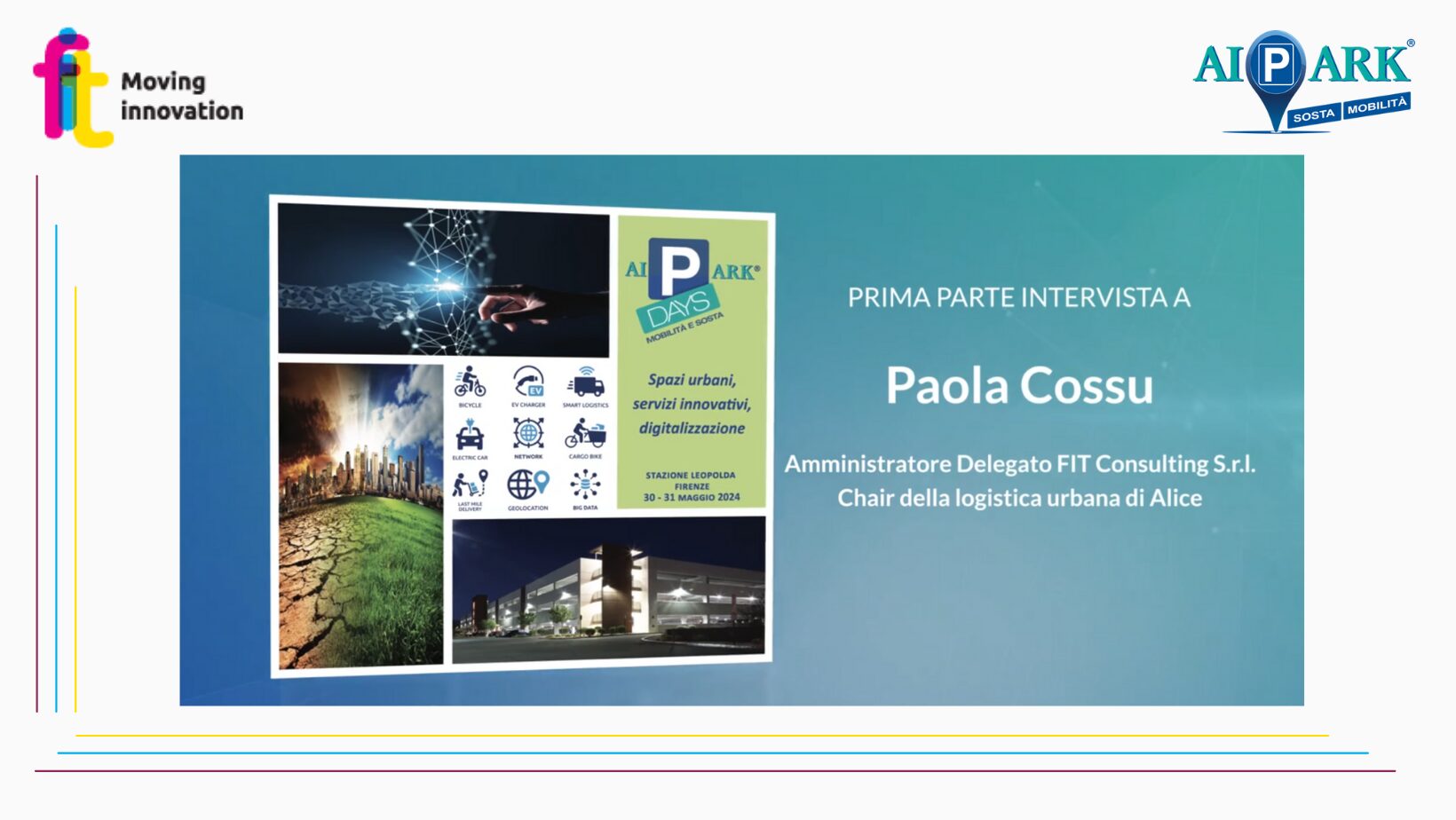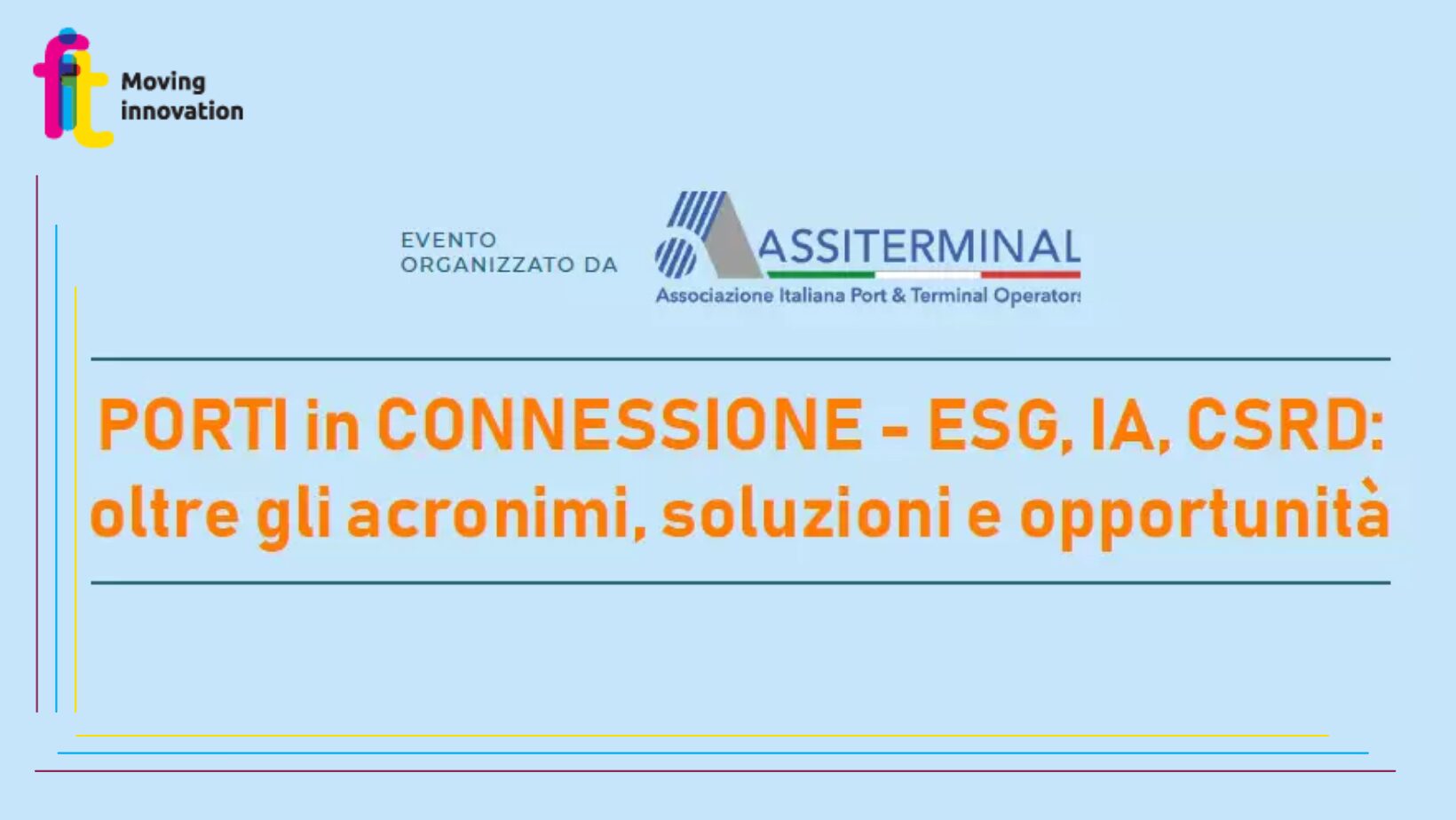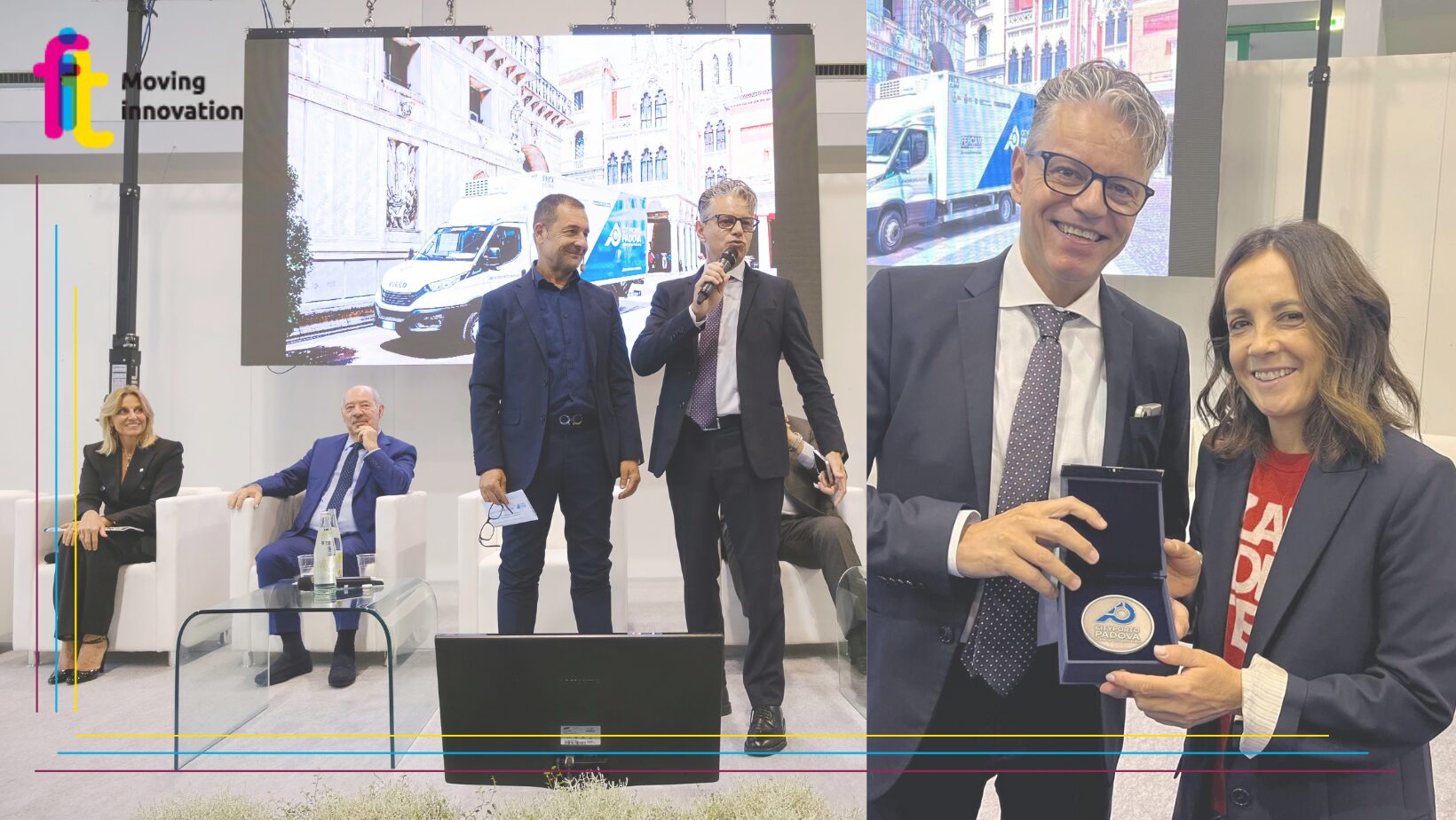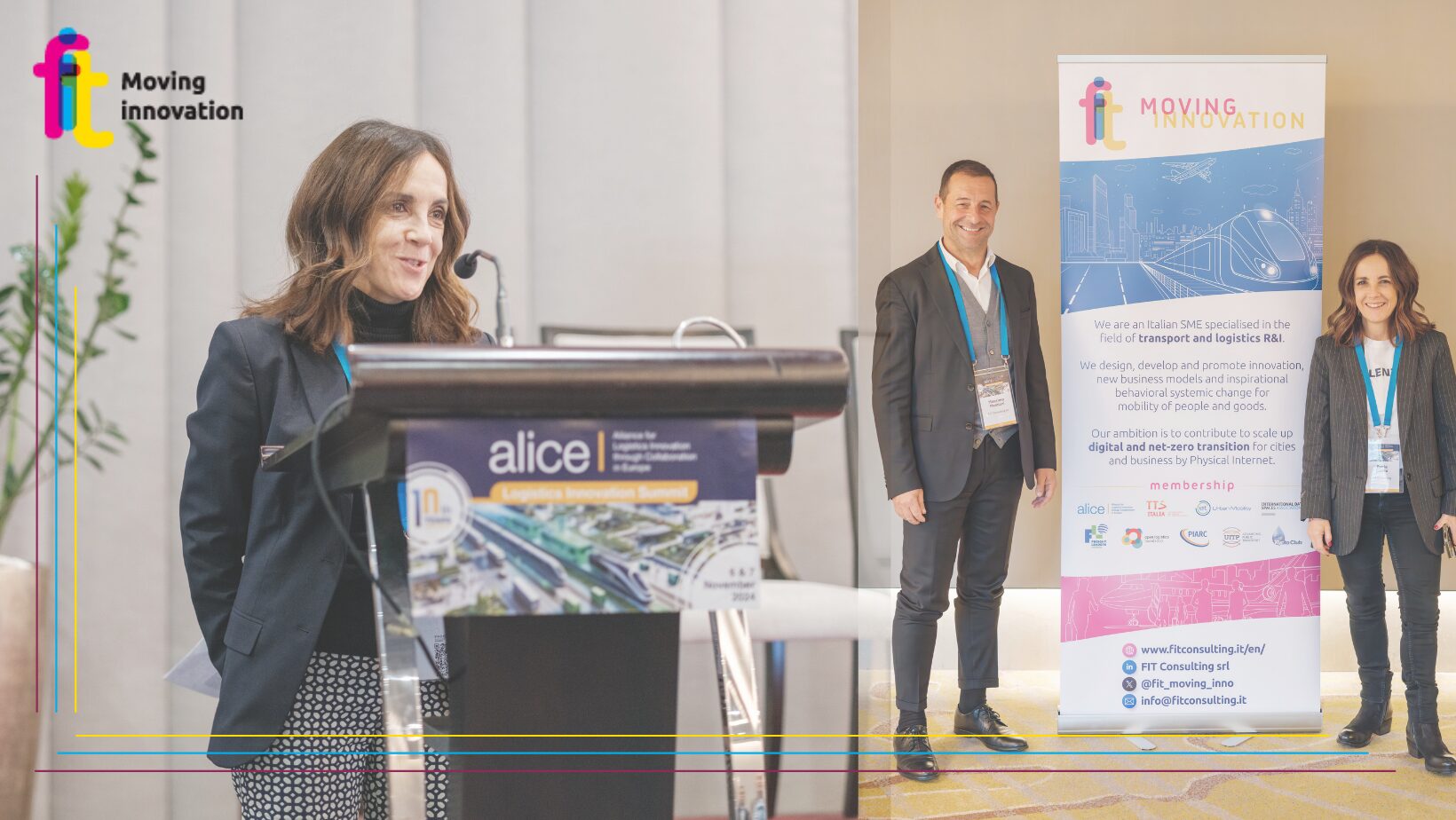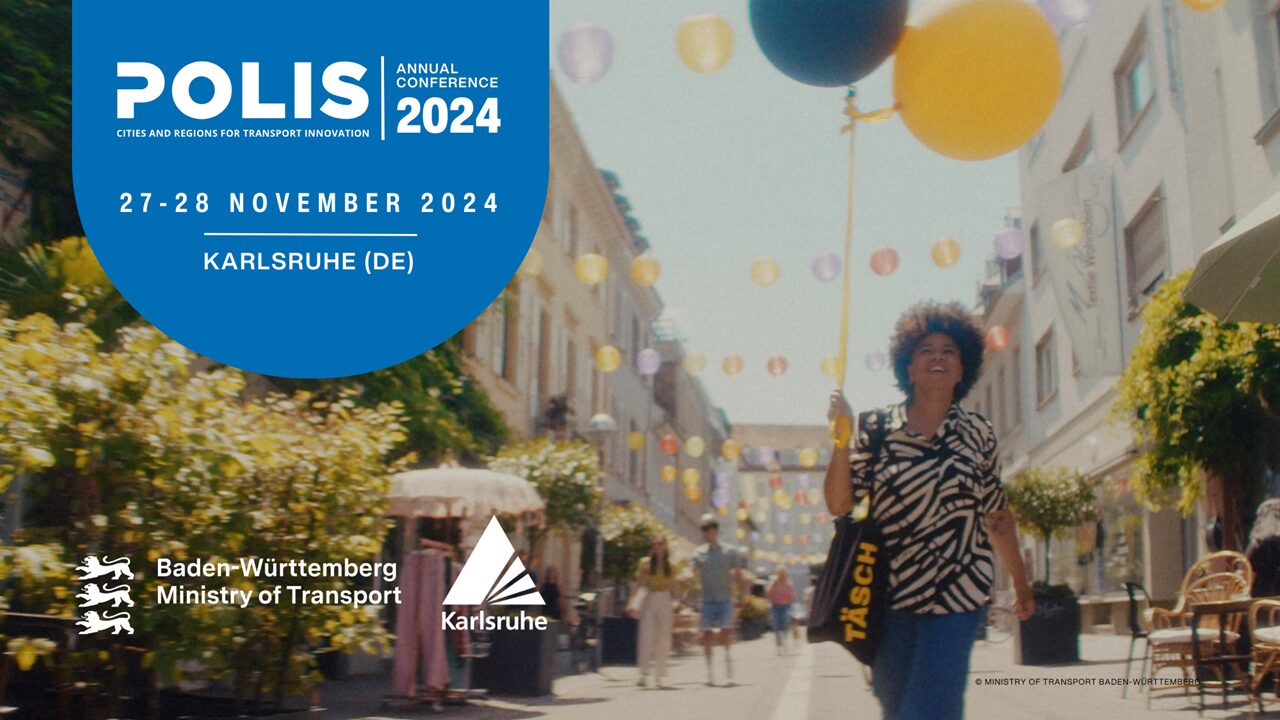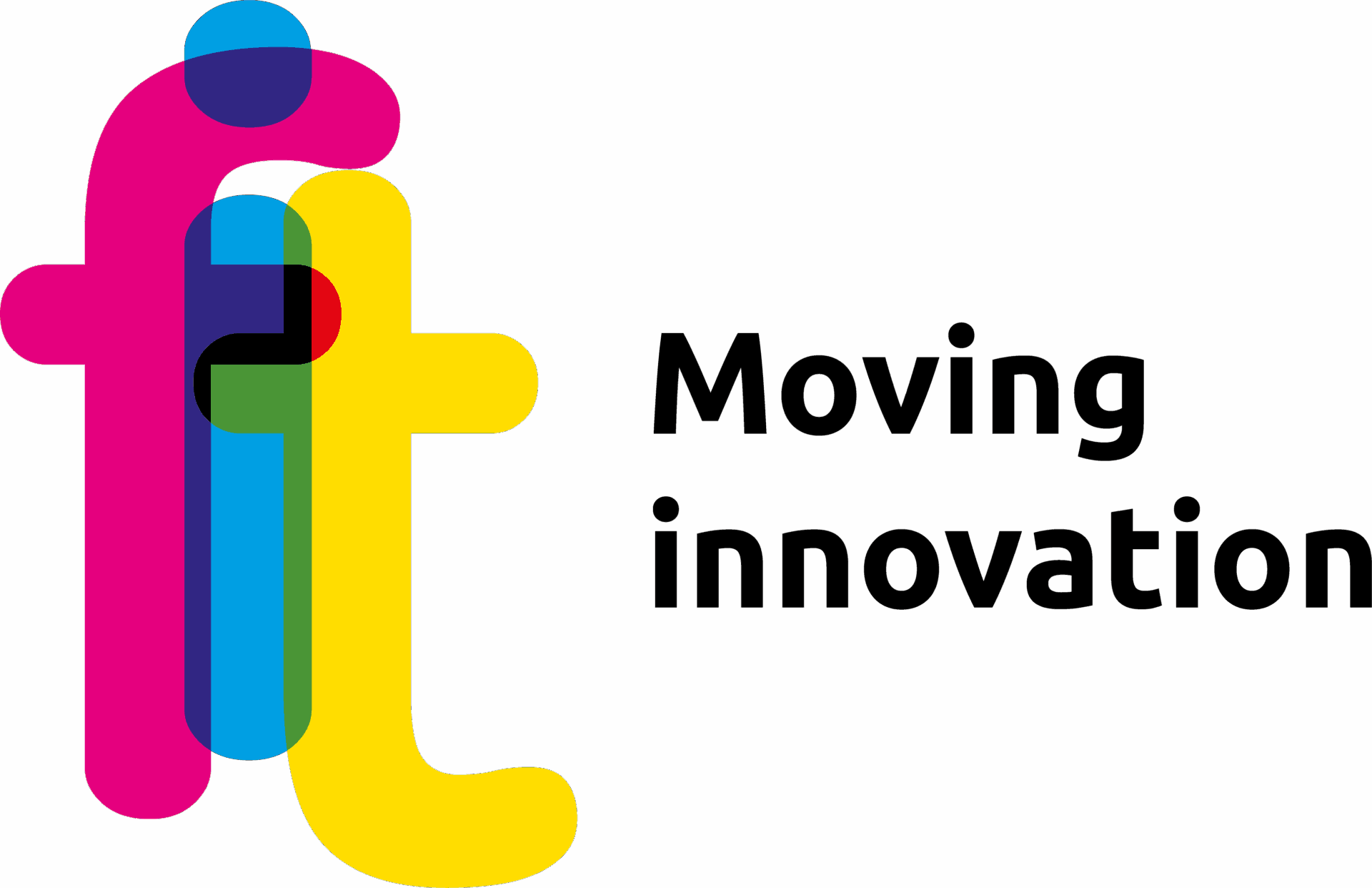‘Here’s how to manage urban spaces for logistics in an efficient and sustainable way’: interview with Paola Cossu, CEO FIT, ahead of her participation in thePdays 2024
On 30 and 31 May 2024 will take place in Florence, at the Stazione Leopolda, the 4th edition of Pdays, an event organised by AIPARK that provides an opportunity to find shared criteria for the valorisation of urban spaces.
Integrated parking management represents the most strategic sector for an optimal and virtuous management of urban spaces and assets, especially for logistics. Parking areas and urban infrastructure can become the basis for a strategic, functional and demand-driven reconsideration. For example, parking bays are no longer just places for private cars to park, but can be true urban hubs perfectly integrated into the city’s mobility system, and benefit from services with other added value, from an intermodal perspective.
Paolo E. Iacovelli interviewed Paola Cossu, CEO FIT, on this subject. Below is the full transcript of the interview, divided into two parts.
To watch the video interview, part 1: https://www.linkedin.com/posts/aipark—associazione-italiana-tra-gli-operatori-nel-settore-della-sosta-e-dei-parcheggi_intervista-a-paola-cossu-activity-7191360774638858241-yTKz?utm_source=share&utm_medium=member_desktop
To watch the video interview, part 2: https://www.linkedin.com/posts/aipark—associazione-italiana-tra-gli-operatori-nel-settore-della-sosta-e-dei-parcheggi_intervista-a-paola-cossu-activity-7191421158083149824-B231?utm_source=share&utm_medium=member_desktop
More info and registration at Pdays 2024: www.pdays.eu/pdays/
Interview with Paola Cossu, CEO FIT: urban spaces, innovative services and digitisation
How necessary is urban space management today to meet the multiple demands of modern logistics?
The city is composed of a combination of physical and digital infrastructure. At this point in time in particular, there is an urgent need to optimise the use of existing infrastructures for urban logistics – not only for eCommerce -, including the management of construction sites, waste collection, services performed by artisans, etc. Couriers use urban infrastructure in a disorganised and unsystematic manner, contributing to traffic disruptions in the provision of their very important service to the community, aggravated by the explosion of eCommerce and returns. In addition, the urban infrastructure must be maintained and this impacts the mobility of the city. Infrastructure is where movement takes place, where we move and access services, where supply takes place, so they are the fundamental networks. Let’s take an example: in Rome next year there will be the Jubilee, the city is full of construction sites and there are many vehicles circulating to service the areas under maintenance. This generates a series of impactful inconveniences within the city, despite the fact that it is fundamental for a city to renovate, to restructure its network and infrastructure, and to restore assets of cultural value. A debate we have been having in recent years is to arrive at a definition of the value of the infrastructures themselves, in order to be able to manage their use in a dynamic manner, based on purpose and demand. Thus, for virtuous urban planning, there is a need for public administrations to understand the value of the city’s spaces and to allocate their use for useful functions to the community.
In this context, how much does the integration of parking facility services into real parking hubs become an opportunity to optimise logistics services, decongest cities and reduce pollution?
My training is inspired by the concept of the Physical Internet. This means that if one strategically and optimally positions proximity hubs that serve eCommerce by bringing the consolidation of goods closer to the final destination, it is clear that one can use low-impact vehicles, such as bicycles, because the shorter the distances, the more unnecessary kilometres are eliminated and the more one can fill the vehicles carrying the goods. All this generates a higher level of efficiency, because on the one hand low impact vehicles can be used, on the other hand it speeds up the process of very last mile delivery, which is a very important factor in the decarbonisation of cities. On the other hand, urban hubs have the potential to be service centres. To give an example, in some European cities there are smart zones, i.e. urban hubs served by technology, where there is interconnection, wi-fi possibilities, for example. In addition, there are service infrastructures, such as charging stations, lockers, bicycle parking spaces, and the possibility to dispose of or service electric batteries. These are services located in strategic nodes. Thus, if connected mobility hubs are created, there is the possibility to manage networks in a dynamic and flexible way, reducing conflicts between mobility users. If you know the flows from node to node, from hub to hub, you have the possibility to efficiently manage the connection in a multimodal and on-demand manner. Finally, since today there is no longer a decoupling of goods and people, services to people must also be considered, moving in the direction of an integrated urban planning approach, interconnecting people and goods so that there is a single shared and interconnected system.
What are the best practices or innovative solutions that cities are adopting, or can adopt, to optimise the use of parking areas in urban logistics as a whole?
For us, technologies are enablers; they are not the end, but the means. So where they are used as effectively as possible, they lead to extreme efficiency, all the more so in urban logistics. Let me give an example: in the European project DISCO, of which I am coordinator, there are implementation initiatives. DISCO is in fact a project that, inspired by the Physical Internet I mentioned earlier, envisages the accompaniment towards the digitisation of cities and a digital planning of urban logistics. It therefore envisages the implementation of advanced solutions for urban logistics, which already have their own maturity, but which need to be field-tested by facilitating data sharing among stakeholders. In the city of Ghent, Belgium, for example, the application of advanced dynamic access controlling systems is being tested. Access to the city, the use of infrastructures and thus also parking areas are determined on the basis of technological tools for use by the public administration, which can thus manage urban logistics in a prioritised manner. Thus, the city is no longer accessible to everyone, but to those who can, according to certain characteristics, priorities and volumes. For example, based on demand and the areas to be served, which may be functional areas, commercial areas, residential areas or valuable areas such as historic centres, which have specific needs. Access to these areas must take place in a dynamic manner and system. We must give up the exclusive use of infrastructure and make it available according to demand, volumes and needs, using it 24/7. Public transport, for example, must make its own lanes available in a dynamic manner, just as one cannot think of using lay-bys exclusively. On this I would also add that with eCommerce the pitches are no longer sufficient, because they used to be determined to serve shops, today with eCommerce you have to serve everyone all the time. It happened to all of us that several couriers arrived at our homes on the same day to make several deliveries. This is what causes traffic and congestion.
Another experimental city, also within the framework of DISCO, is in Thessaloniki, Greece, where there are strategic areas in the fairgrounds that are underused at certain times of the year. New business models are therefore being defined so that the trade fair can make these areas available for the consolidation and distribution of goods, complete with a warehouse. For example, if a courier does not know where to stop, on the basis of the application he can ask where there is the possibility of leaving his vehicle even for fairly long periods of time and from there carry out his delivery operations to several locations, e.g. using his bicycle. Parking is therefore becoming strategic for enabling city services. This is a key issue for planners, who have to make sure that it is managed dynamically, flexibly, and in agreement with all players, including real estate.
PDAYS is an important event for the urban mobility sector. What do you hope will emerge from this confrontation?
The hope, also shared by the Secretary General of AIPARK with whom we have discussed this issue many times, is to be able to find evaluation criteria for the valorisation of spaces. For example, the European project ULaaDS, which ended in October, evaluated some 20 European cities on the basis of their ability to answer a simple question posed by logistics providers, i.e. operators: can I put a locker in a public area? The result was surprising: those cities that had planned, i.e. had mapped their strategic points that could be put at the service of logistics within their SULP were able to give informed answers. Other cities, which have not yet considered these elements as central to urban mobility planning, have instead answered ‘no’ a priori, without knowing what the benefit of installing lockers at strategic points might be. In these cities, the result was that operators did it on their own with private initiatives, without a systematic design of the city. This shows how important it is for planners to know the value of their territory, just as it is important for the operators themselves to know it, because if they do not know the value, they are not willing to consider it as a service, and therefore to pay for it. It is therefore the ability to identify this value that makes parking the most strategic sector compared to others.

